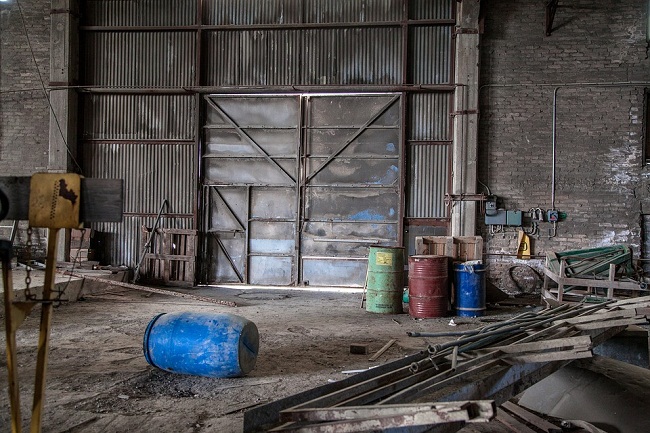
Camera surveillance has been used in facilities for decades, but the technology had severe limitations that kept cameras from being more suitable for more demanding purposes. Today, advances in robotics and camera manufacturing technology have made camera surveillance an even more powerful tool in creating safer environments.
Identifying Danger
With today’s camera surveillance technologies, it’s possible to monitor different kinds of threats to the domestic and commercial environments:
Crime – Higher camera resolutions and face recognition features enable security experts to more accurately identify people committing criminal activity, making new cameras crime deterrents on their own.
Fire – Whether it’s out in the forest or deep in urban territories, using drone technology to provide a quick bird’s eye view of the area can help firefighters locate and deal with a fire incident before it causes any significant damage.
Accidents – Better tracking capabilities and smoother camera frame rates make it easier for engineers and planners to figure out possible causes of accidents in an area. Once the right information is gathered, steps can be taken to help make accident-prone areas a lot safer.
Future Incidents – Some surveillance cameras have other imaging systems that can help indicate a threat even before it happens. For example, thermal imaging can be used to find signs of overheating or warping in automated factory robots or storage tanks before it ends in a catastrophic situation.
New Tech
In order to record enough information, today’s newest cameras rely on the quality of their components. High-power coreless motors enable precise and efficient positioning that lets a camera acquire a better view of an area. These camera systems’ use of advanced programming and different gearhead options for finer positioning also helps improve image quality when recording while on the move, which is vital in certain camera applications such as aerial surveillance or recording videos through a dashcam.
Aside from precision and speed, today’s surveillance cameras are also built for endurance. This can be seen best in cameras mounted on unmanned aerial vehicles that are capable of surveying huge stretches of land in only a short amount of time while flying in harsh high-altitude environments. Each of their components is light enough to reduce the power needed just to propel the drone’s weight, which is why motors shouldn’t just be small but also efficient.
Different Forms of Camera Surveillance
Aside from being more versatile, today’s cameras are still very similar to older surveillance cameras. Some are mounted on walls, while others are mounted on more mobile platforms such as vehicles (e.g. dashcams on cars) or drones.
What changed, though, is how some of the newest cameras look different compared to older models. Smaller, more efficient parts make modern cameras more compact and more lightweight, which means that they can be used in other applications where space and power are very limited.
The Future of Camera Surveillance
There’s no telling how camera surveillance technology will evolve a few decades from now, but taking a look at today’s newest models can give is a glimpse into what future cameras will be like. Based on trends, these cameras are likely to offer better precision, more efficient use of power, and greater portability. Surveillance cameras in the near future will also have more range, will have better image quality, and will be less likely to experience failures caused by limited power.
Surveillance cameras of the future can also capitalize on more advanced internet solutions. Just like how today’s surveillance cameras can relay images to the authorities, tomorrow’s cameras will be able to detect multiple kinds of threats so that it can intelligently provide advanced alerts to the appropriate agencies.
While there may be discussions regarding privacy protection and the ethics of using drones in general, there’s no denying that surveillance cameras have the potential to make almost any place a lot safer than how they are today. Learning the proper (and ethical) way of using surveillance cameras will be a huge step toward showcasing how technology can be utilized for good.





Leave a Comment